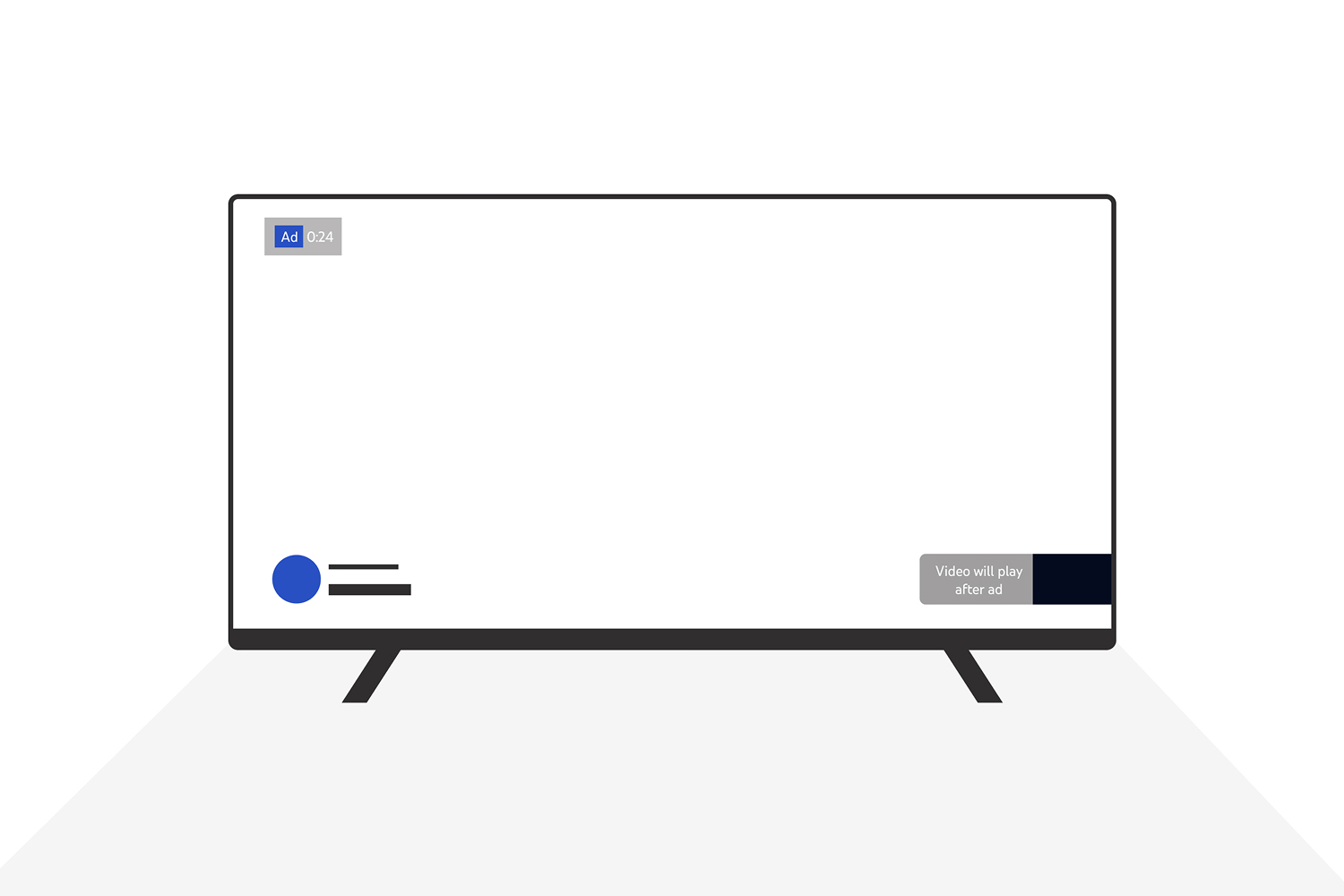The Polar Report #19

Welcome to The Polar Report, a curated view of what’s happening in the world of Digital Monetisation, Audience Development, and Measurement. This week we dive into Elon Musk’s optimism in Twitter's ad revenue, the potential impact of the NFL Sunday Ticket bundle on YouTube TV, gamers preferring FAST and SVoD services over CTV, and the ongoing debate on what constitutes an impression in media measurement.
Monetisation
Elon Musk’s Optimism on Twitter’s Ad Revenue Recovery is Falling Short
Elon Musk expressed optimism about Twitter’s ad revenue recovery in a recent BBC interview, but new data shows otherwise.
Ad spending on Twitter is down by almost 20%, with top advertisers like Mondalez International and Coca-Cola cutting ties due to brand safety concerns. Twitter’s global ad revenue for 2023 is projected to be 37% lower than initially expected, dropping from $4.1 billion to $2.9 billion.
Amid economic challenges and competition from other platforms, advertisers are hesitant to return, impacting Twitter’s recovery efforts.
Full Article on Digital Information World
Audience Development
NFL Sunday Ticket Bundle Could Boost YouTube TV Subscribers Significantly
YouTube TV’s $2.5 billion-per-year acquisition of NFL Sunday Ticket is a bold move in the multichannel subscription market.
Subscribers can access the package for $449/year or $349/year with a YouTube TV subscription. Despite a crowded market, YouTube TV aims to grow its audience through sports packages, potentially expanding to other sports rights in the future.
Full Article on Forbes
Gamers Prefer Ad-Supported Streaming Services, According to LG Ad Solutions Study
A study by LG Ad Solutions found that US gamers prefer FAST services over CTV for streaming, with 67% of LG gamers choosing FAST apps.
Gamers spend at least 2 hours per week streaming via FAST services, often discovering new games through ads. With 80% of gamers preferring personalized ads, advertisers have a valuable opportunity to target this highly engaged audience.
Full Article on Advanced Television
Measurement
Can an Impression Truly Be Considered an Impression?
The debate over what constitutes an impression continues, with Europe advocating for a single currency via a Joint Industry Committee (JIC) and the US exploring multiple currencies through an MCCC.
Discussions highlight the difference between premium content and user-generated content, with BARB’s Justin Sampson emphasizing content quality in measurement.
A consensus on measurement standards is essential for accurate advertising impact across platforms, but fragmentation remains a challenge.
Full Article on Media Post
If you liked that why not take a look
Ready to maximise your YouTube revenue?
Get in touch and let’s begin exploring your channel’s hidden potential.










